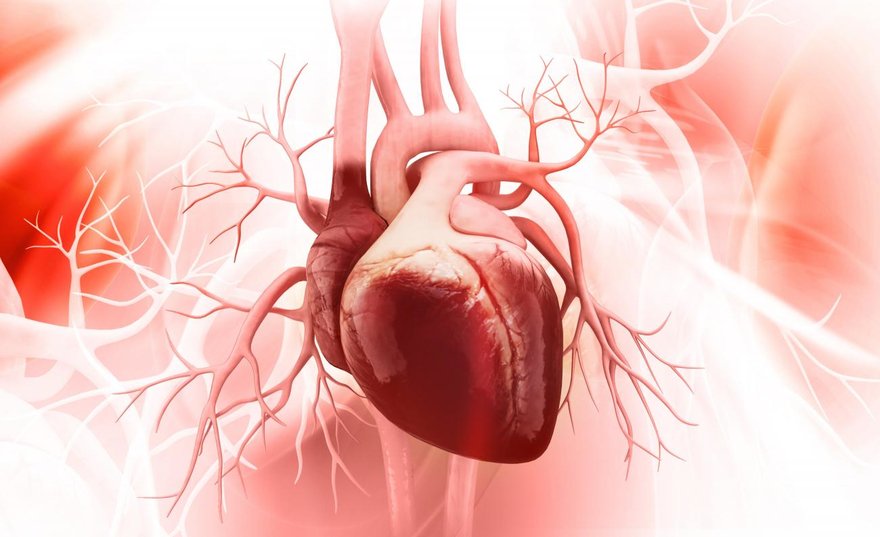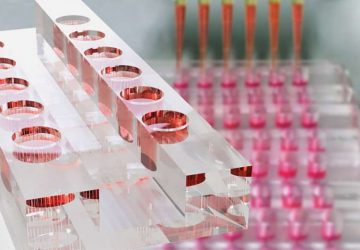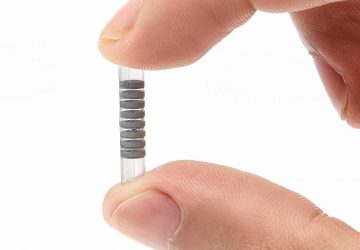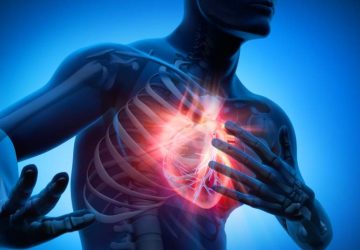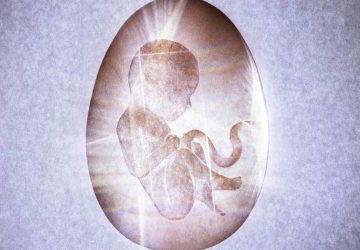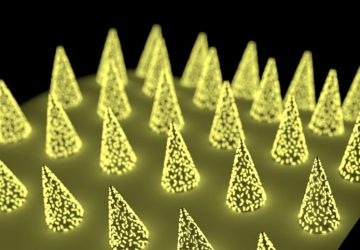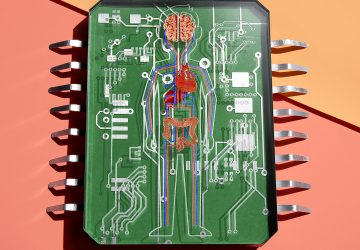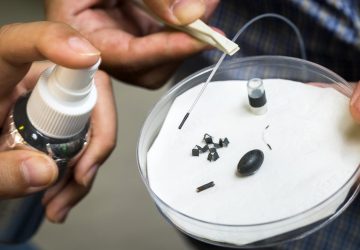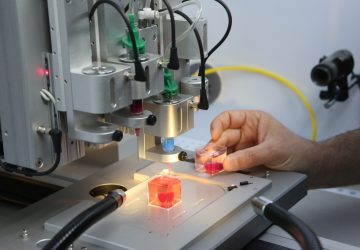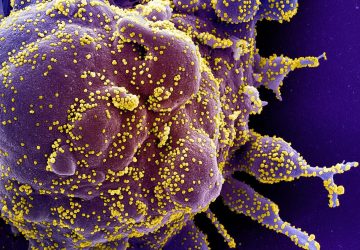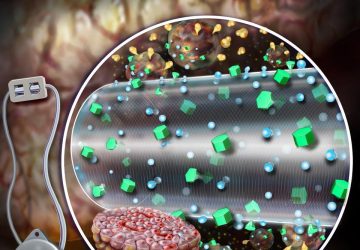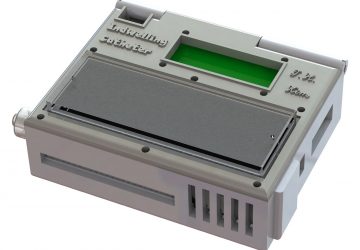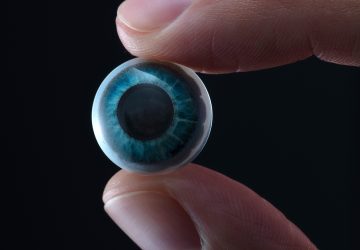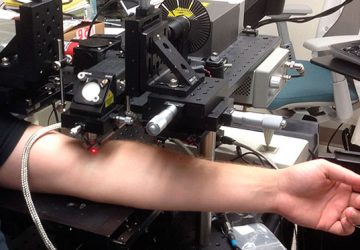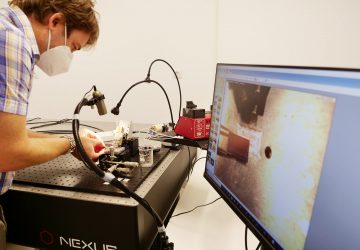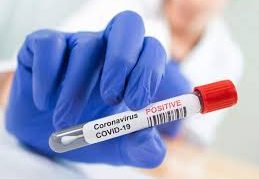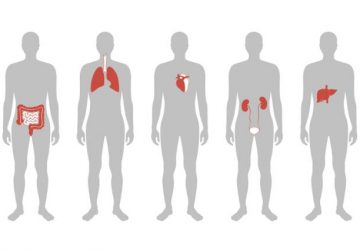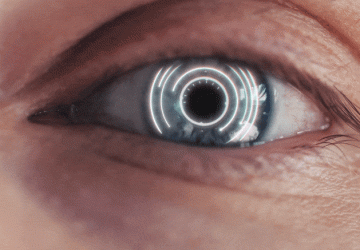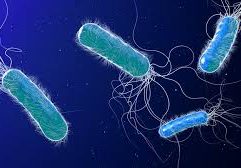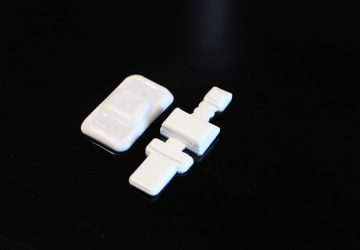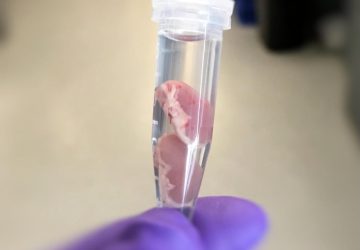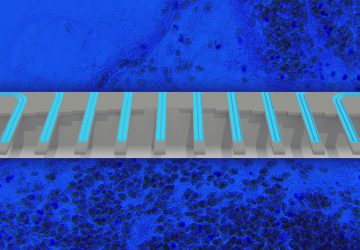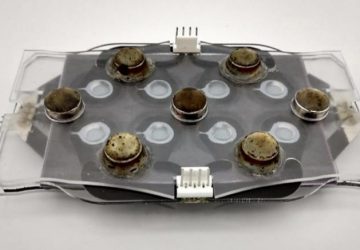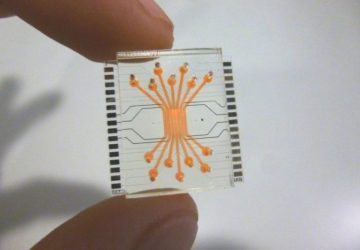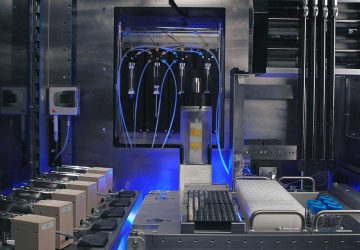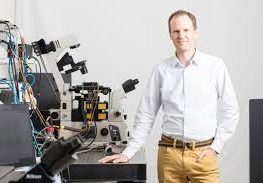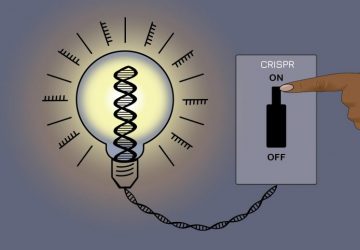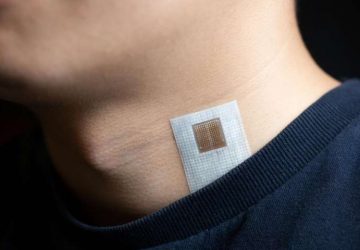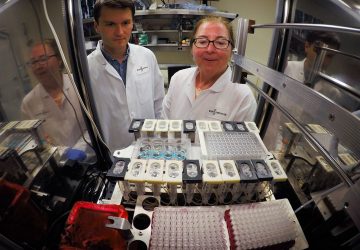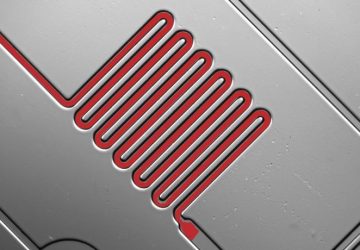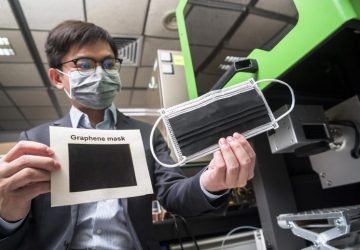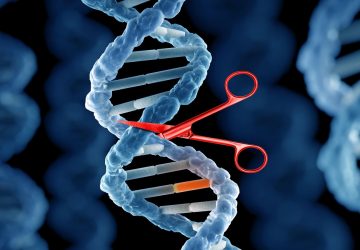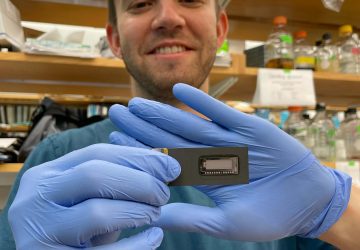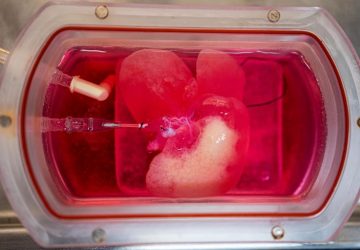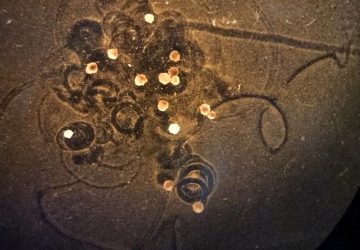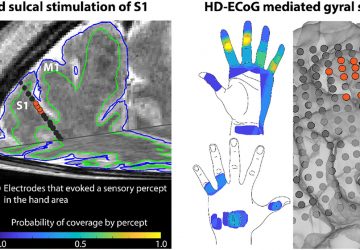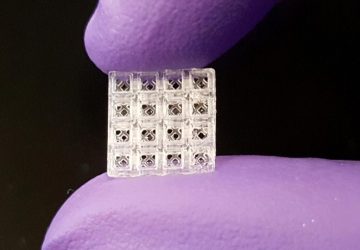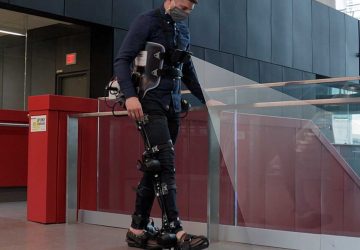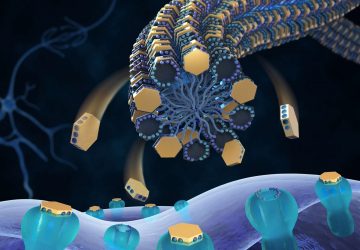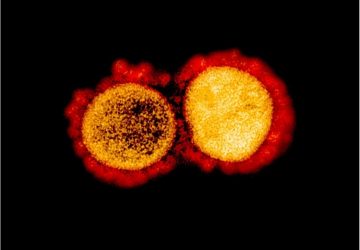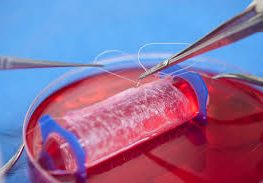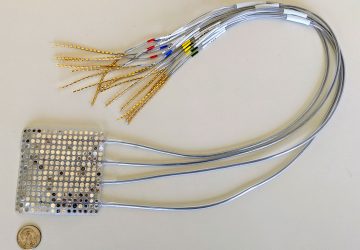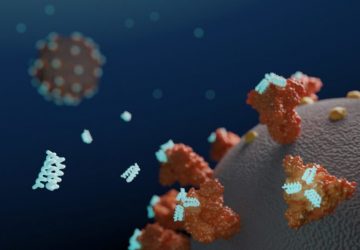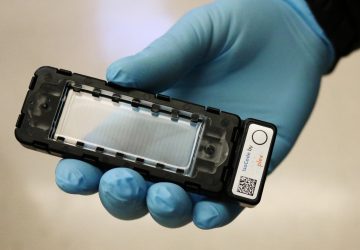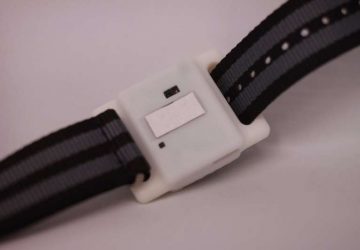Titin is the largest protein circulating throughout the human body, and it plays a key role in helping muscles function properly—especially in the heart. Now an international team of researchers has discovered a new mechanism that regulates this protein. The insights could help improve the understanding of the many disease processes that damage the heart.
The titin protein is like a “molecular spring” that governs how muscle cells contract in a synchronous manner, said Jorge Alegre-Cebollada, a researcher at Centro Nacional de Investigaciones Cardiovasculares Carlos III (CNIC) in Spain, in a statement describing the research. CNIC scientists worked with researchers at Columbia University to determine how titin’s elasticity is governed. Their study appears in the journal Nature Communications.
RELATED: Duke engineers create fully functional beating heart patch
There are more than 100 regions within the structure of titin called “immunoglobulin domains,” which work together to establish the protein’s elasticity. The researchers discovered that these domains contain high levels of cysteine, which is an amino acid. When two cysteines join up, they can form a bond that’s part of a biochemical process known as reduction-oxidation, or redox. Some cardiac disorders, including heart attacks, are characterized by sudden, drastic changes in the heart muscle’s redox processes.
The most interesting finding was that the cysteine bonds could cause “major changes in the elastic properties of titin,” said Alegre-Cebollada in the statement.
Heart disease is the leading cause of death in both men and women, according to the Centers for Disease Control. About 1 in every 4 deaths in the U.S. is attributed to cardiac disease, and 735,000 Americans suffer a heart attack each year.
Heart muscle damaged by a heart attack is impossible to fix, though several research teams around the world are working on potential biotech solutions to that problem. In November, Duke University engineers announced they figured out how to make beating heart muscle out of human pluripotent stem cells. And scientists at the University of Toronto developed an injectable heart patch, complete with blood vessels and beating cardiac cells.
The CNIC/Columbia team is embarking on more research designed to improve the understanding of titin in cardiac functioning. The scientists are investigating how cells modulate muscle activity by modifying the titin redox process. They are also exploring how various diseases interfere with titin’s mechanics, in the hopes of improving the understanding of how muscles in the heart and skeletal system lose their function. “While we have learned a lot through this approach, the challenge now is to understand how these basic principles operate in a living organism,” Alegre-Cebollada said.
source : www.fiercebiotech.com

